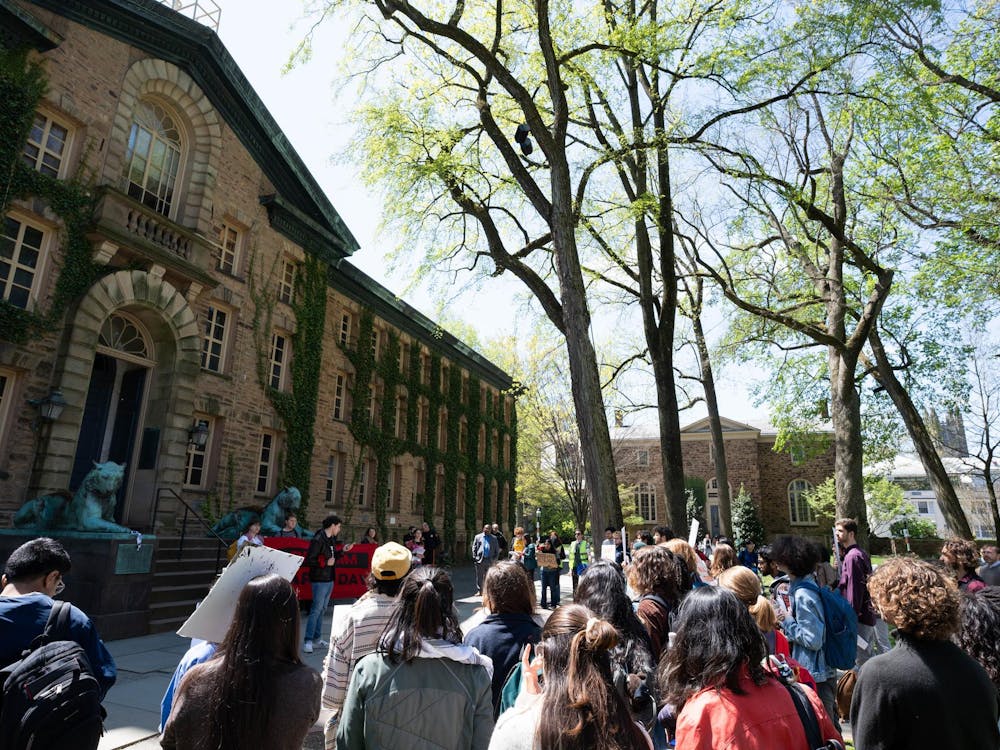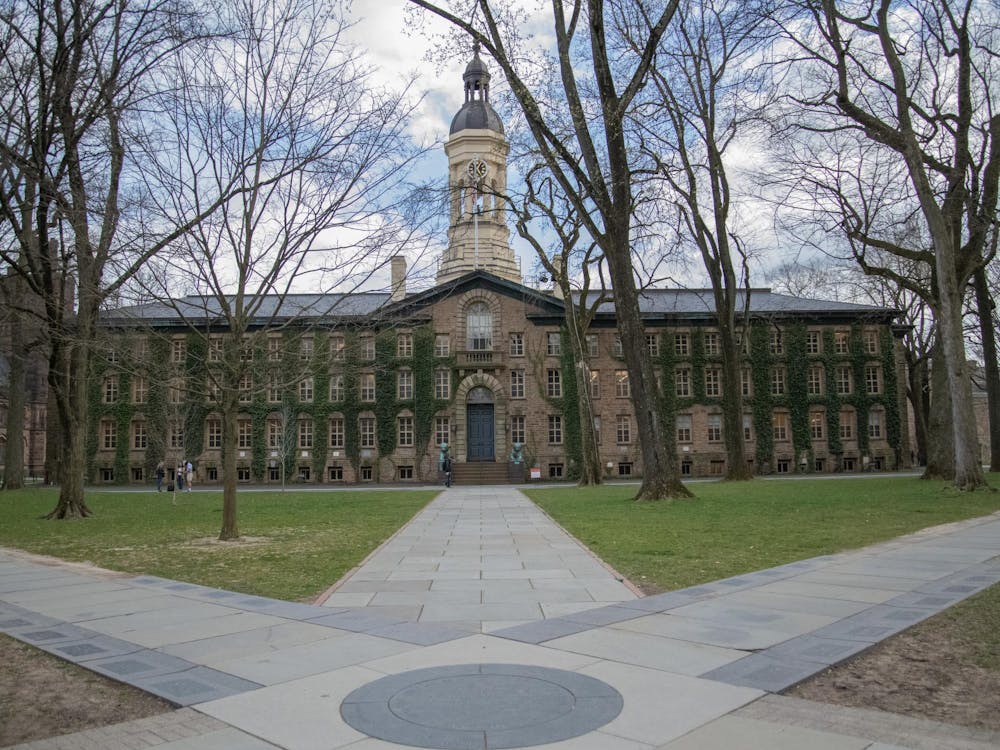It seems to me unfortunate that “diversity” is frequently used as a sort of synonym to refer to racial or gender diversity — and it is unquestionable that the Supreme Court is not diverse in terms of gender. There are only two women on the court. Adding Kagan would raise that number to three, working toward a presumed goal of evening out the court’s gender makeup.
But would Kagan actually increase the “diversity” of the court, as Eisgruber and most national pundits have suggested? No one seems to have noticed that the question, as posed, is strictly impossible to answer. It is impossible to answer because it is incomplete. “Diversity” in the abstract is only a general notion of heterogeneity. In the real world, it always comes specified. It is meaningless to speak of a “diverse court” without qualification, because “diversity” is the sort of noun that practically requires an adjective.
Kagan would not make the court more racially diverse. She would make the court more diverse in terms of experience because she has never been a judge. But she would not add diversity with respect to legal training — quite the opposite, in fact. At the moment, four American law schools are represented on the court. If Kagan were appointed, that number would shrink to three. We might think that the best lawyers in America necessarily hold their J.D.s from Harvard or Yale (or Columbia) and that we should thus be pleased with this outcome, but it is certainly not diverse. (And it is, I think, a foolish premise.)
Kagan would also not increase the court’s intellectual diversity. If nominated and confirmed, Kagan would replace Stevens, who sits on the left wing of the court, and she would presumably take up where Stevens leaves off. More drastically, the appointment of Kagan would impair the court’s religious diversity: There are presently six Catholics, two Jews and one Protestant — Stevens — on the court. If Kagan were appointed, then for the first time in American history, there would be no Protestant sitting on the Supreme Court in a country where Protestants still constitute a majority of the citizens. If our goal is to make the justices reflect national demographics, then appointing Kagan is exactly the wrong decision.
My point is that there are many different ways to slice “diversity,” and I think it is meaningless and unhelpful to speak of the concept abstractly when we are discussing so concrete an issue. This problem permeates American political discourse: For example, there are presently four members on the left wing of the Supreme Court, four on the right, and one centrist. With respect to legal philosophy, the pinnacle of our judicial system is beautifully balanced. But when was the last time you heard the Supreme Court described as a dazzling display of American diversity?
There is more “diversity” with respect to worldview and philosophy when associate justices Ruth Bader Ginsburg and Antonin Scalia go to the opera than there is among all the delegates to the Democratic (or Republican) National Convention. As far as race is concerned, the present Supreme Court is actually more diverse than the Congressional Black Caucus. Associate justices Anthony Kennedy and Clarence Thomas are religiously homogeneous. And nobody seems to be complaining about the gradual eclipse of the WASPs. Neither am I: I am not condemning or promoting any particular version of diversity. I am only pointing out that to speak of heterogeneity without qualification is nonsense.
If commentators want to encourage candidates for the Supreme Court — or any public office — on grounds of “diversity,” then they should be made to specify which sort of diversity they are encouraging. If we want to encourage heterogeneity, then we can weigh the various kinds: racial, political, religious, etc. Do we want the court to represent how Americans look or how they think? Do we want all sexual orientations represented, or all economic strata? Or do we want to value these “differences” at all?
Some “diversities” are innate; some are chosen: Associate Justice Sonia Sotomayor ’76 was born Hispanic, but Thomas reverted to Catholicism. We can debate whether one quality is more revealing than the other. Is the influence of a Hispanic upbringing indelible, or is it irrelevant that Thomas thinks the transcendent source of all value and being was once a poor rabbi from Nazareth? What of their judicial philosophies: Are these more revealing of their personalities? They are surely more relevant to the job.
I do not mean to single out Eisgruber — most of us make this mistake all the time. It is extremely common to use “diversity” as shorthand for “racial and gender minorities.” But it is bad English: It is imprecise. And imprecision in language usually leads to imprecision in thought.
Brendan Carroll is a philosophy major from New York, N.Y. He can be reached at btcarrol@princeton.edu.









